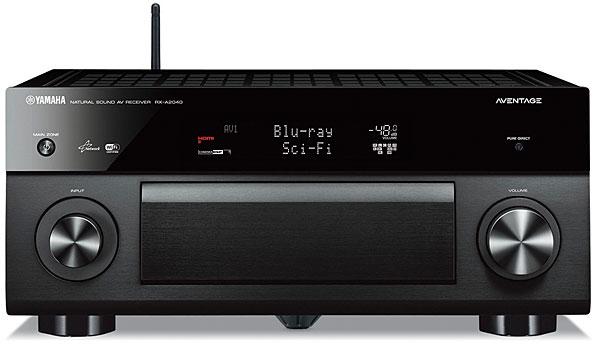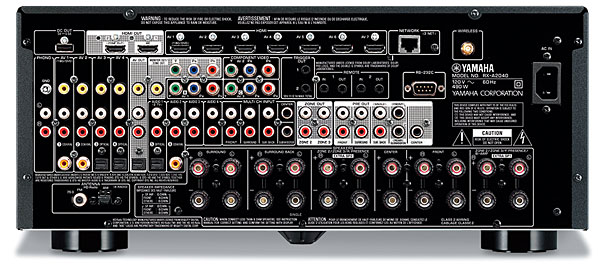I'm in the market for a new receiver or pre-pro, and this receiver seems to have a lot of the things I need, but the lack of HDCP2.2 makes it already obsolete! I don't want to turn this into a brand comp., but Onkyo has been including HDCP2.2 on many of their receivers since last year. I don't know about you, but if I'm buying a receiver, the last thing I need is to be already looking for a solution to a very-near-future issue. S&V would do a great service to the readers if you were to provide a comparison chart of the top -or near top- receivers from the various major brands.
Thanks.










































































